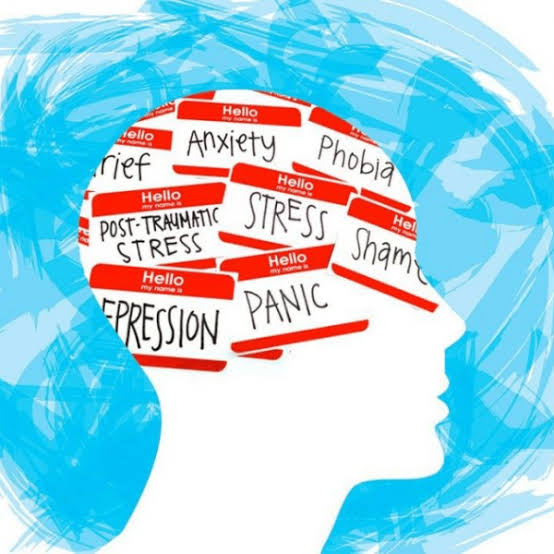
In communications and public relations, there’s no longer a distinction between night and day or work and play. Factors such as long hours and impossible deadlines, lack of respect and understanding of public relations, and the 24/7 news cycle, on some days, can cause a threat to your mental health wellbeing.
The Public relations culture for a long time now, all over the world, has been, ‘we’re always on’. It’s a yes culture where no deadline is unachievable and no ask is ever too out of range. With the advent of mobile devices and the proliferation of the internet, that gap between work and life has eroded even more.
Lately, a lot of Millenials have been having conversations online about work-life balance and it’s effects on mental health. Most notably its contribution to drug and alcohol addiction and, suicide.
Mental health issues in the communications industry go unrecognized. According to the CIPR State of PR research, over 21% of participants had been diagnosed with a mental health condition.
Though we have become more open in discussing mental health online, among our friends and families, it still feels like a taboo subject in the workplace. This is due to the existing stigma, and the very real outcomes of disclosing mental illness to your managers. Some of the outcomes have included firing, reduced responsibilities, therefore, reduced pay.
Mental health in the workplace is often viewed as a performance or line issue. Meaning the policies in place to deal with it are ineffective. Absentmindedness, anger, distress, poor sleep, reduced motivation, lack of initiative and simple errors were all cited as symptoms of poor mental health that are often managed as performance issues instead of receiving proper care.
While more research needs to be done particularly in Kenya and Uganda, we can agree that there’s a real human cost to mental illness in the industry.
A few ways we can solve the problem is by:-
Respecting the boundaries between the personal lives and work lives of your employees that have otherwise been eroded. A few Agencies around the world have been instituting flexy time, or at home, work hours to help employees manage their work and personal lives.
Education on mental health such as mental health awareness training through a licensed therapist, especially amongst managers and executives will go a long way not only in being able to recognize the signs, but also create policies that ensure they can provide support where needed.
While work makes a huge part of our lives, it’s not all we have. Unlike computers, we don’t come with an internal cooling fan. At some point, we have to shut off, replenish, then get back to it.
We’ll be having more discussions on this page about mental health in communications and how we can all participate to make it better.







